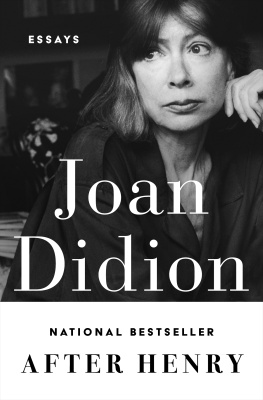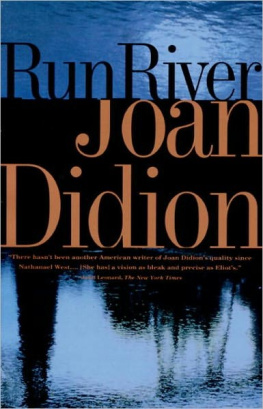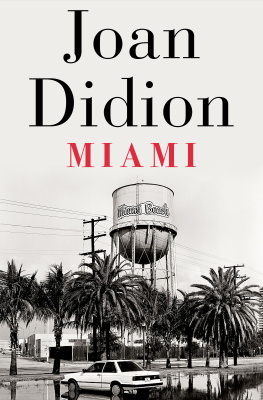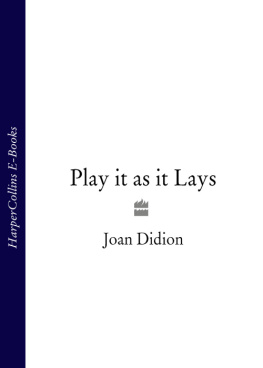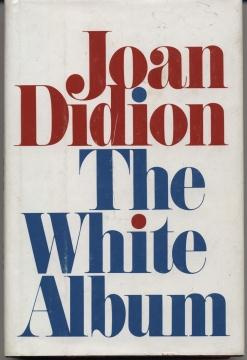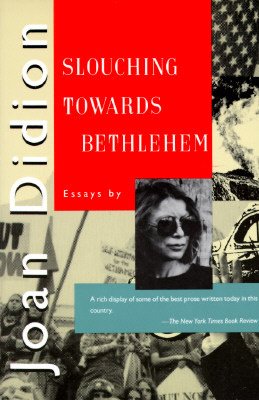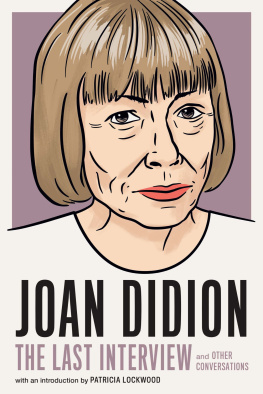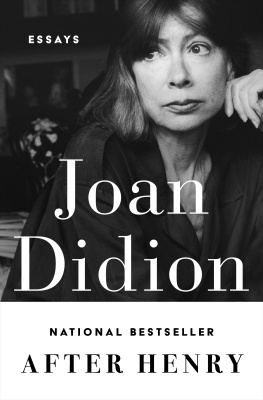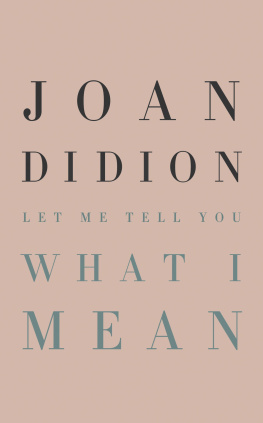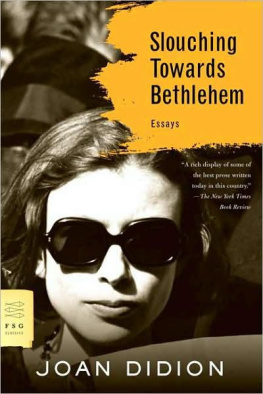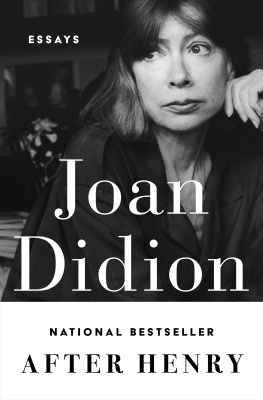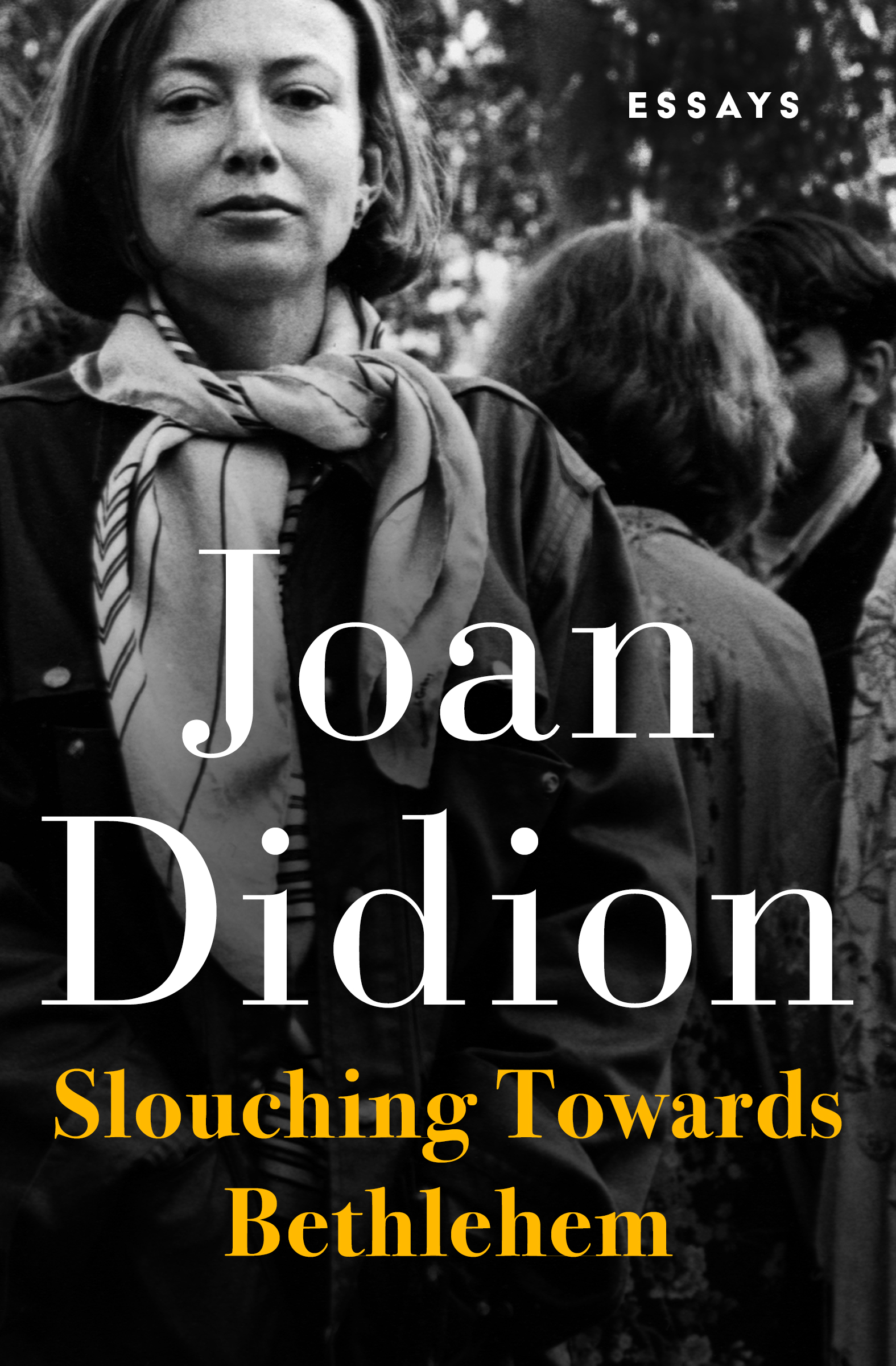Contents
Collected Essays
Slouching Towards Bethlehem, The White Album, and After Henry
Joan Didion

CONTENTS
About the Author
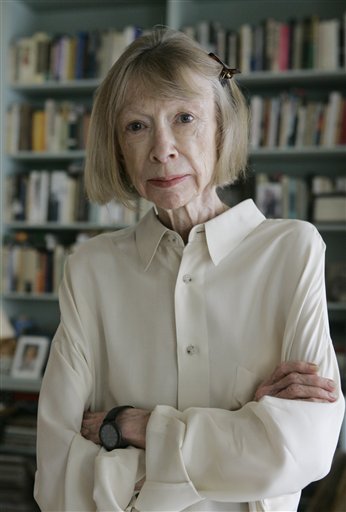
Joan Didion is the author of five novels, ten works of nonfiction, and a play. Her books include Slouching Towards Bethlehem, Play It as It Lays, The White Album, The Year of Magical Thinking, and, most recently, South and West: From a Notebook. Born in Sacramento, California, she lives in New York City.
All rights reserved, including without limitation the right to reproduce this ebook or any portion thereof in any form or by any means, whether electronic or mechanical, now known or hereinafter invented, without the express written permission of the publisher.
Slouching Towards Bethlehem Copyright 1961, 1964, 1965, 1966, 1967, 1968 by Joan Didion
The White Album Copyright 1979 by Joan Didion
After Henry Copyright 1992 by Joan Didion
First published in the US by Farrar, Straus and Giroux in 1968.
Cover design by Mauricio Daz
ISBN: 978-1-5040-5203-0
This edition published in 2018 by Open Road Integrated Media, Inc.
180 Maiden Lane
New York, NY 10038
www.openroadmedia.com

JOAN DIDION
FROM OPEN ROAD MEDIA
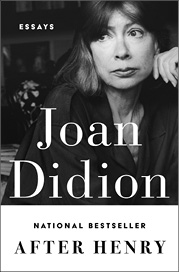
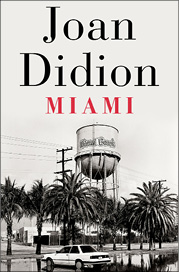
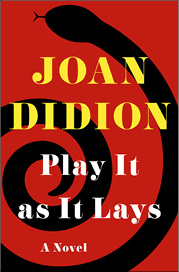
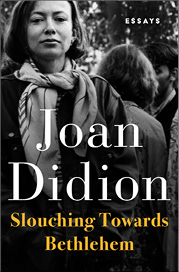
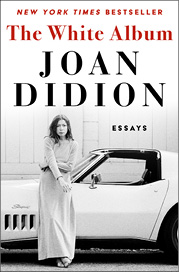


Also by Joan Didion
Blue Nights
We Tell Ourselves Stories In Order To Live
The Year of Magical Thinking
Where I Was From
Fixed Ideas: America Since 9.11
Political Fictions
The Last Thing He Wanted
After Henry
Miami
Democracy
Salvador
The White Album
A Book of Common Prayer
Play It As It Lays
Run River

Find a full list of our authors and
titles at www.openroadmedia.com
FOLLOW US
@OpenRoadMedia




SLOUCHING
TOWARDS
BETHLEHEM
Essays
for quintana
Acknowledgments
Where the Kissing Never Stops appeared first in The New York Times Magazine under the title Just Folks at a School for Non-Violence. On Keeping a Notebook and Notes from a Native Daughter appeared first in Holiday. I Cant Get That Monster out of My Mind and On Morality first appeared in The American Scholar, the latter under the title The Insidious Ethic of Conscience. On Self-Respect and Guaymas, Sonora appeared first in Vogue. Los Angeles Notebook includes a section which was published as The Santa Ana in The Saturday Evening Post. All the other essays appeared originally in The Saturday Evening Post, several under different titles: Some Dreamers of the Golden Dream was published as How Can I Tell Them Theres Nothing Left; 7000 Romaine, Los Angeles 38, was published as The Howard Hughes Underground; Letter from Paradise, 21 19 N., 157 52 W. was called Hawaii: Taps Over Pearl Harbor; Goodbye to All That was called Farewell to the Enchanted City.
The author is grateful to all these publications for permission to reprint the various essays.
Turning and turning in the widening gyre
The falcon cannot hear the falconer;
Things fall apart; the center cannot hold;
Mere anarchy is loosed upon the world,
The blood-dimmed tide is loosed, and everywhere
The ceremony of innocence is drowned;
The best lack all conviction, while the worst
Are full of passionate intensity.
Surely some revelation is at hand;
Surely the Second Coming is at hand.
The Second Coming! Hardly are those words out
When a vast image out of Spiritus Mundi
Troubles my sight: somewhere in the sands of the desert
A shape with lion body and the head of a man,
A gaze blank and pitiless as the sun,
Is moving its slow thighs, while all about it
Reel shadows of the indignant desert birds.
The darkness drops again; but now I know
That twenty centuries of stony sleep
Were vexed to nightmare by a rocking cradle,
And what rough beast, its hour come round at last,
Slouches towards Bethlehem to be born?
W. B. Yeats
I learned courage from Buddha, Jesus, Lincoln, Einstein, and Cary Grant.
Miss Peggy Lee
A Preface:
This book is called Slouching Towards Bethlehem because for several years now certain lines from the Yeats poem which appears two pages back have reverberated in my inner ear as if they were surgically implanted there. The widening gyre, the falcon which does not hear the falconer, the gaze blank and pitiless as the sun; those have been my points of reference, the only images against which much of what I was seeing and hearing and thinking seemed to make any pattern. Slouching Towards Bethlehem is also the title of one piece in the book, and that piece, which derived from some time spent in the Haight-Ashbury district of San Francisco, was for me both the most imperative of all these pieces to write and the only one that made me despondent after it was printed. It was the first time I had dealt directly and flatly with the evidence of atomization, the proof that things fall apart: I went to San Francisco because I had not been able to work in some months, had been paralyzed by the conviction that writing was an irrelevant act, that the world as I had understood it no longer existed. If I was to work again at all, it would be necessary for me to come to terms with disorder. That was why the piece was important to me. And after it was printed I saw that, however directly and flatly I thought I had said it, I had failed to get through to many of the people who read and even liked the piece, failed to suggest that I was talking about something more general than a handful of children wearing mandalas on their foreheads. Disc jockeys telephoned my house and wanted to discuss (on the air) the incidence of filth in the Haight-Ashbury, and acquaintances congratulated me on having finished the piece just in time, because the whole fads dead now, fini, kaput. I suppose almost everyone who writes is afflicted some of the time by the suspicion that nobody out there is listening, but it seemed to me then (perhaps because the piece was important to me) that I had never gotten a feedback so universally beside the point.

